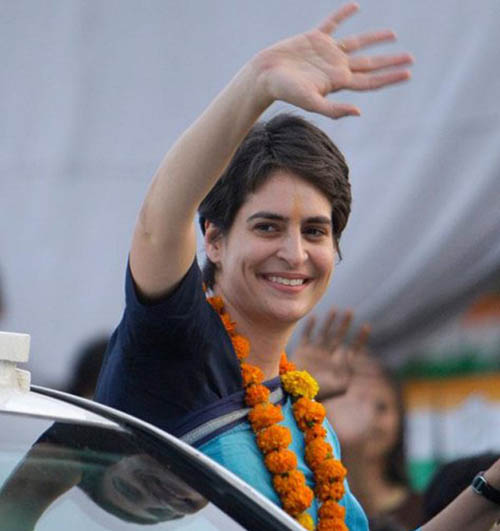
New Delhi, August 5: Priyanka Gandhi may be heading for an active role in politics and is said to be set to take charge of her mother and Congress President Sonia Gandhi's Rae Bareli Parliamentary constituency.
There was no official word on the issue but AICC office bearers including party general secretaries insisted today that Priyanka has always interacted with the people of the constituency in politically crucial Uttar Pradesh and "there is nothing new" in the move.
Amid reports that every Wednesday Priyanka would be meeting her people and party workers from Rae Bareli, the Congress leaders recalled that Priyanka had campaigned vigorously in Rae Bareli and Amethi in the UP Assembly polls early this year.
"I do not know anything in this regard.Priyanka has always been supportive and helpful for her mother and brother in their constituencies", party spokesman Rashid Alvi said.
Sonia's constant refrain has been that it was for her chidren to take a decision about their future.
Rahul Gandhi, who is set to play a larger role, possibly from next month had been the Congress' star campaigner in the Assembly polls but the scion of the Nehru-Gandhi dynasty could only see the party increasing its tally from 22 to 28 in the 403-member UP House.
"We do not talk about issues concerning the family", a party leader said when asked whether Priyanka could take the plunge in the 2014 Lok Sabha elections. The younger sister of Rahul, Priyanka has so far kept away from active politics citing family commitments.





Comments
Add new comment